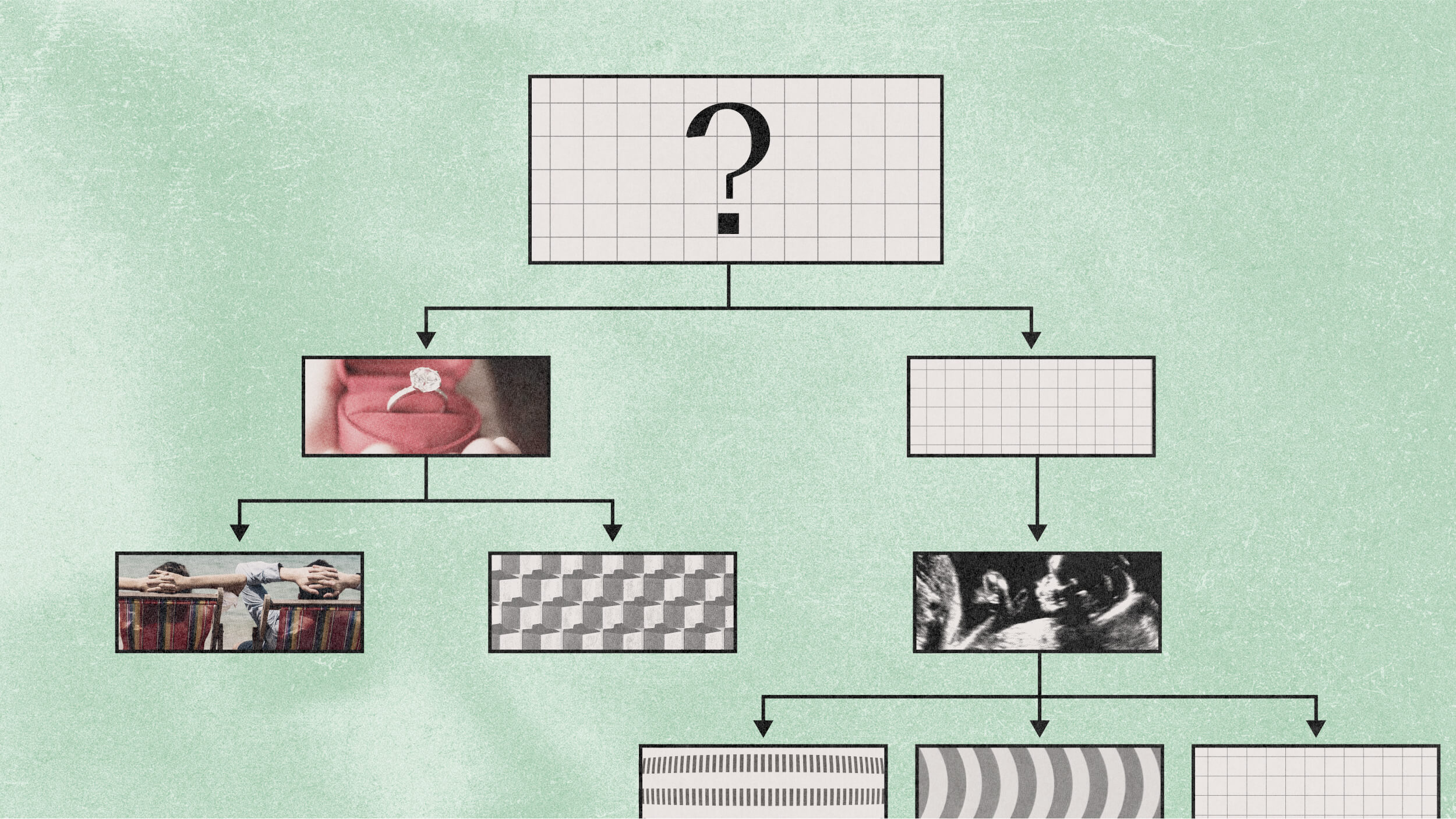Grading student projects: Separating content from delivery

Teachers allow choice of topics, not delivery
When teachers and I talk about integrating technology into their lessons, I encourage them to try and build in more choice for students. Most teachers already allow students to choose topics of study, at least some of the time. For example, students are allowed to pick a historical figure, select a mystery book, decide what they sculpt out of clay, and so on.
Fewer teachers seem to be comfortable with student choice of delivery. For any given project, how students show their learning often is tightly circumscribed. Teachers, not students, typically decide whether the end product will be a written report, diorama, oral presentation, mobile, clay sculpture, poster, etc. Teachers, not students, determine what the evaluation criteria will be for delivery, often in excruciating detail. I have seen many of these delivery mechanism evaluation rubrics: they’re normally designed to be student-proof. There’s very little leeway for student decision-making and thus, in the teacher’s mind, error.
The digital technologies that we now have available to us open up a wealth of new ways for students to show their learning. Many of these tools also make it easy for students to work collaboratively. I think there is growing pressure on teachers to open up student delivery choices to include many of these new digital learning options. Parents and students see what the possibilites are and wonder why they aren’t available in their local classrooms.
The need to separate content from delivery
As teachers move in this direction, I think it’s going to be increasingly important to help teachers learn how to separate content (what students need to learn) from delivery (how students show they have learned). Often the two are intertwined in teachers’ minds, and it is hard for many educators to partition grading of the learned content from grading of the delivery mechanism.
I also have heard from teachers that, even if they’re amenable to – and/or experienced at – giving separate grades for content and delivery, they don’t know how to grade effective delivery when students use digital tools. Over time the teaching profession has evolved general ideas about what ‘quality’ looks like when it comes to a written report, a poster, or an oral presentation. Fewer instructors know what they should look for to determine the quality of a video, collaborative mind map, wiki, or photo essay.
It might be helpful for a group of teachers (and students) to come together to create a set of quality rubrics for various common digital tools. Those content-neutral rubrics could then be applied to relevant student work, regardless of subject area. Obviously these rubrics would have to be age-sensitive; what we’d expect from an 8-year-old would be different than what we’d look for from a high-schooler. Also, there may be certain projects for which the creation of a ‘content-neutral’ delivery evaluation rubric is infeasible because the content and delivery are too tightly intertwined. For many situations, however, I think that these rubrics could be incredibly useful.
We need to figure this out
I think we’re going to have to wrap our heads around this as educators. Our tools for exhibiting our learning are going to continue to proliferate. We can’t just keep assigning the tried-and-true, analog-only solutions that we still see dominating current classroom practice.
I confess that to date I have exhibited a lack of flair for creating these types of rubrics, so I’m not sure I’m the one to look to for examples. Others, I know, have a real gift for making rubrics; at least some of them have to be tech-savvy enough to take this task on. Doea anyone know of folks who are doing good work in this area? Do you have other thoughts on this topic?
Photo credit:Making the grade




